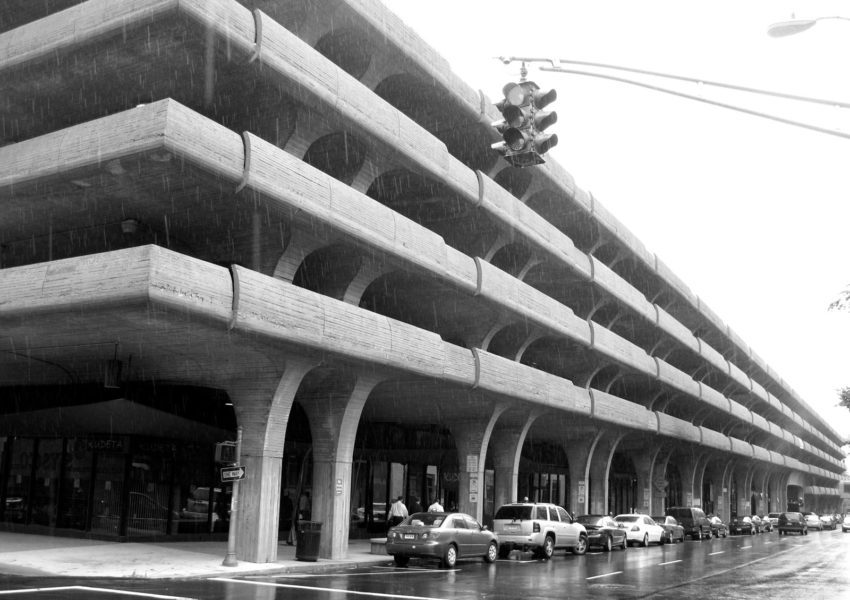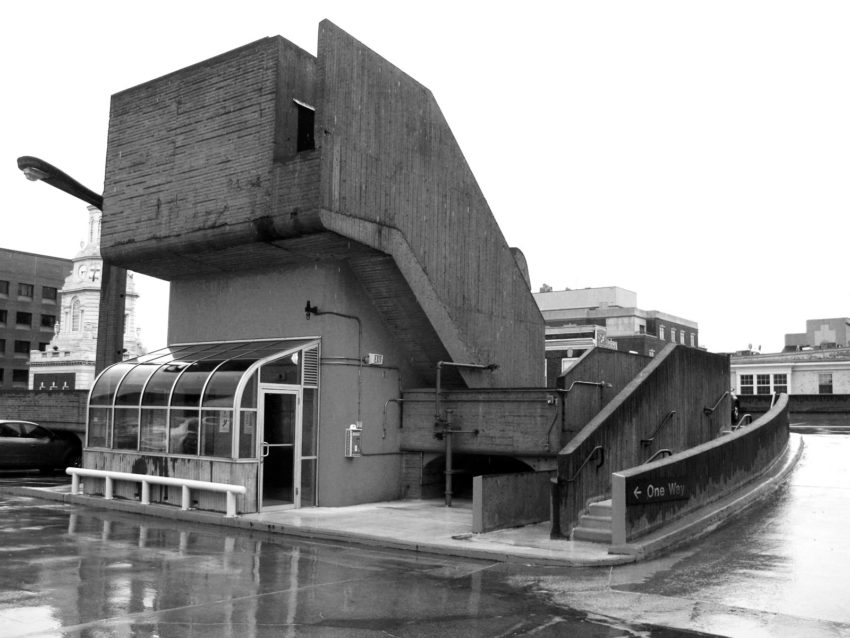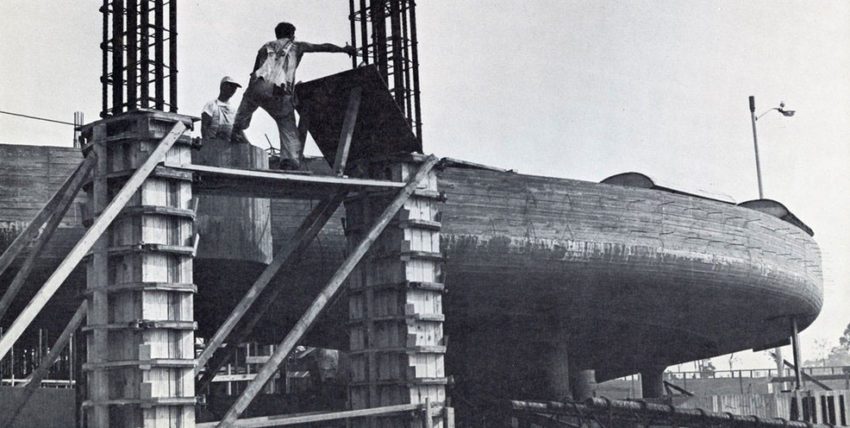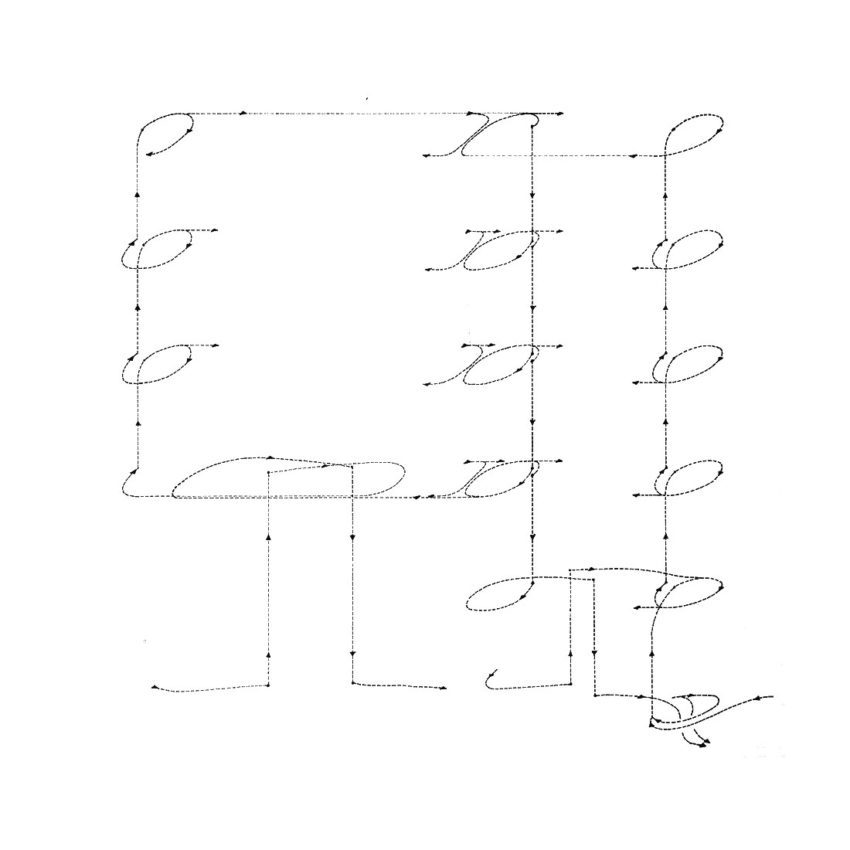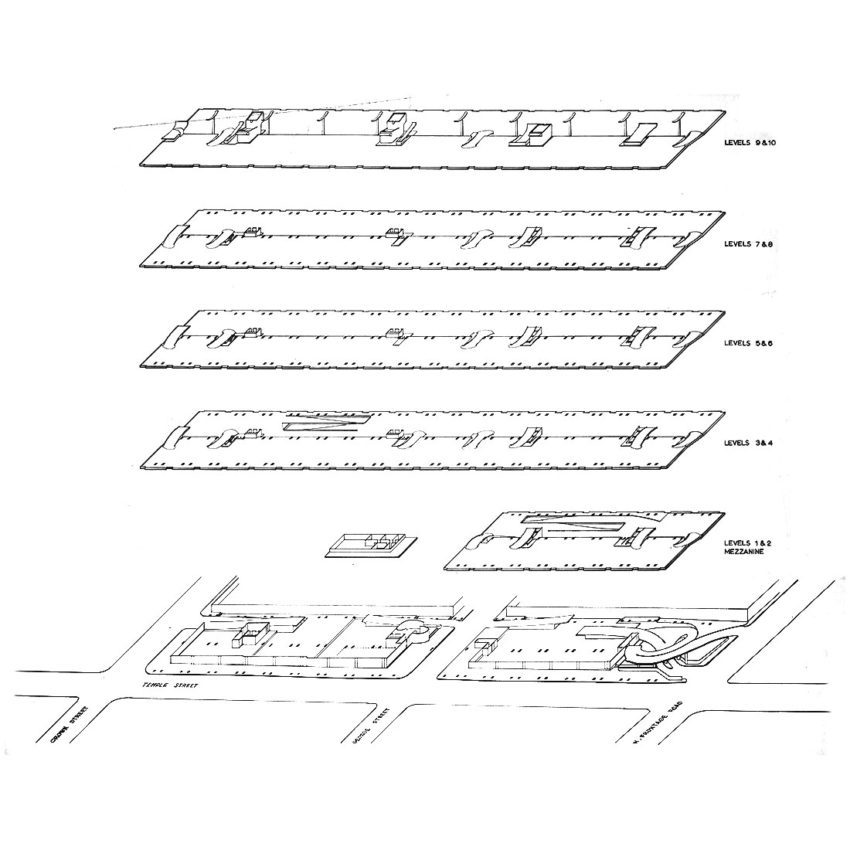In 1962, renowned architect Paul Rudolph completed the six-story Temple Street parking garage in New Haven, Connecticut, capturing the spirit of the automobile era. Spanning two city blocks, the garage’s impressive 700-foot length was designed as a mega-structure, showcasing the significance of car culture at the time.
Rudolph employed an innovative, organically shaped module for the garage’s design, which was constructed entirely using reinforced concrete. This not only provided a solid and durable structure but also allowed for a visually striking and unique aesthetic. The Temple Street parking garage stands as a testament to Paul Rudolph’s architectural prowess and the cultural importance of automobiles during the mid-20th century.
Temple Street Parking Garage Technical Information
- Architects1-2: Paul Rudolph
- Location: Temple Street, New Haven, United States
- Client: City of New Haven, Connecticut
- Topics: Cast-in-place reinforced concrete, Parkings, Brutalism
- Building Cost: $5,800,000
- Project Year: 1959 – 1962
Most parking garages are merely skeletal structures that didn’t get any walls. They are just office building structures with the glass left out. I wanted to make a building that said it dealt with cars and movement. I wanted there to be no doubt that this is a parking garage.
– Paul Rudolph
Temple Street Parking Garage Photographs
When the New Haven parking garage was being constructed, the remainder of the buildings in the adjacent blocks was not determined. On November 12, 1962, the parking was officially inaugurated with a grand opening ceremony held at the George Street entrance. The structure was 700’-0” (213.36 m) long and had 1,247 parking spaces.
Leaping over a street to form a gateway structure, the concrete is modeled into free-form curved sculptural forms giving expression to the sense of motion implicit in the freedom of the automobile. The sensation of moving directly from the modern highway and up the flowing ramps into the cave-like recesses of the parking levels gave visitors a timeless spatial experience.
The two most potent influences on the form of twentieth century cities are sheer volume and the American preoccupation with mechanized transportation of all kinds. Americans will spend any amount of money for throughways, but parking is usually ignored.
Could it be that a proper facility for the parking of automobiles is a blessing in disguise, since it gives large-scale elements which would define precincts for various usages?
The scale of the automobile and its configurations are alien to traditional building types, but are potentially powerful unifying forces. The integration of building forms with raised and lowered throughways and parking structures leads to the true megastructure. It was the intention that the Temple Street Garage be eventually extended to three times its present length, thereby bridging over the throughway to the south and connecting the two parts of New Haven, Connecticut.
– Paul Rudolph3
Temple Street Parking Garage Plans
Temple Street Parking Garage Image Gallery
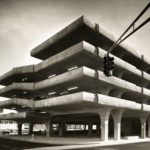

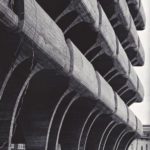
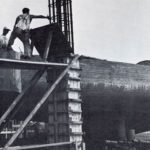
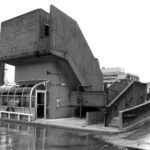
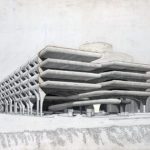
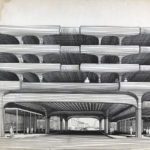
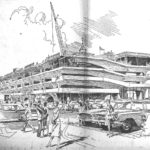
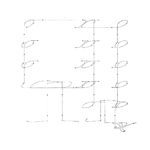
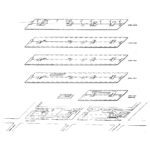


About Paul Rudolph
Paul Marvin Rudolph (1918 – 1997) was an American architect and the chair of Yale University’s Department of Architecture for six years, known for his use of concrete and highly complex floor plans. His most famous work is the Yale Art and Architecture Building (A&A Building), a spatially complex brutalist concrete structure.
Other works from Paul Rudolph
- Structural engineer: Henry Pfisterer
- Builder: Fusco-Amatruda Company
- The Architecture of Paul Rudolph by p. 114




